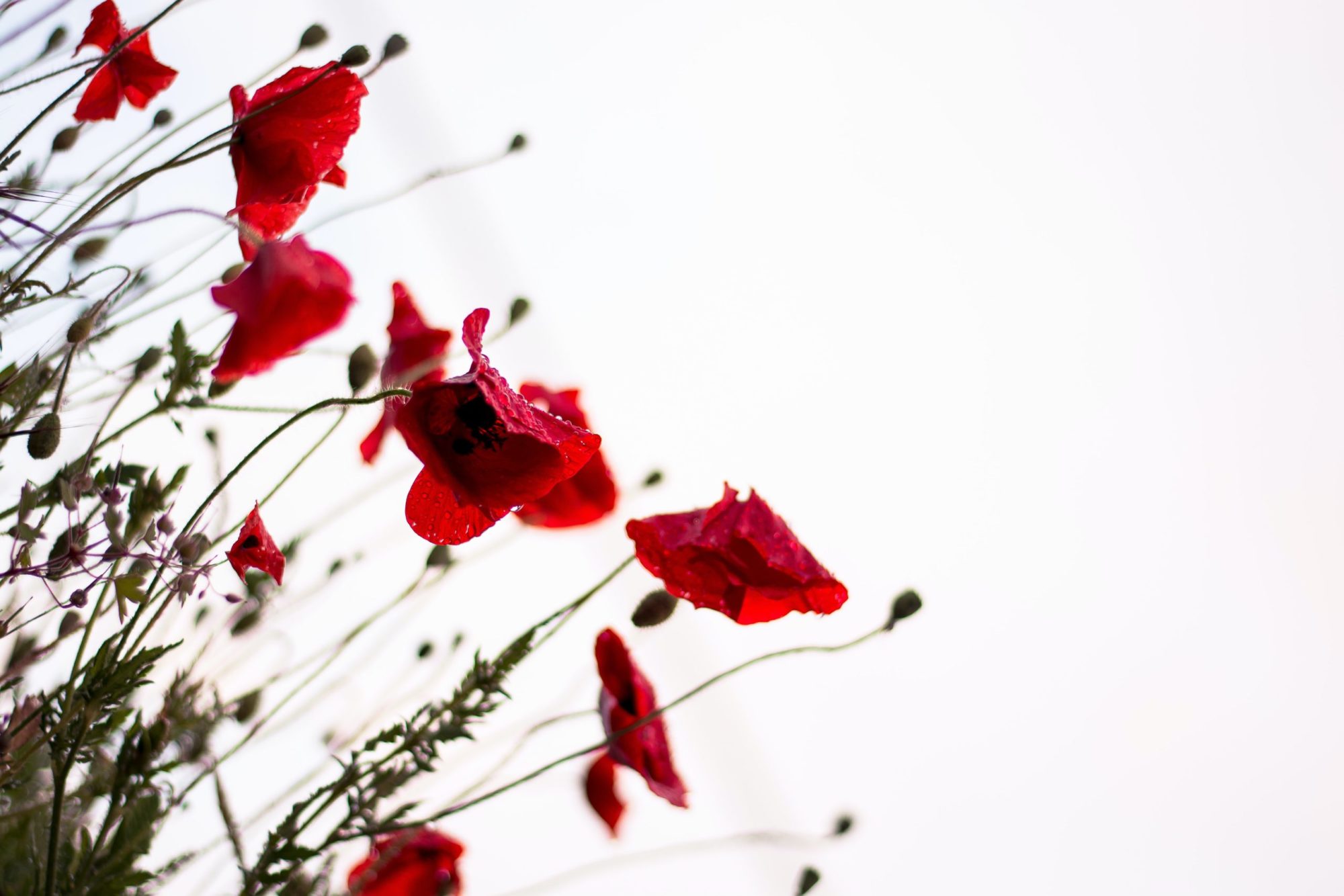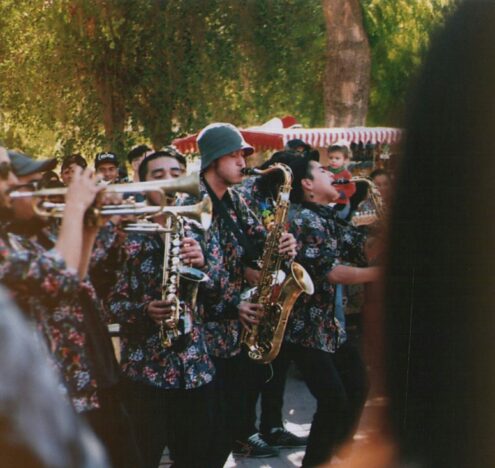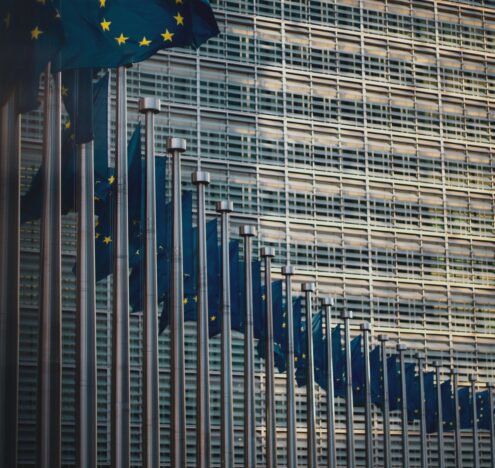The Taliban have long thrived on illicit trade. Most known for the drug trade, they have also been long-time smugglers in antiquities, timber, and minerals. Faced with the loss of foreign aid and access to Afghan accounts overseas, they will escalate their trade in drugs and antiquities as a needed revenue source. In other words, we should expect a flood of illicit Afghan antiquities to reach diverse global markets soon.
More than a decade ago, a compelling documentary named “Blood Antiques” recorded the supply chain of antiquities from Taliban-controlled territory in Afghanistan to the high-end antique stores of Brussels. Sellers at the annual Maastricht art fair displayed Gandharan sculptures newly looted from Afghanistan with the dirt still apparent in their crevices. Many moveable treasures of Afghanistan have also flowed to wealthy collectors in the Middle East and Asia, generating significant revenues for the Taliban. In recent years previously unknown and unlooted archaeological sites were identified by the US using satellite photographs. The National Museum in Kabul was reconstructed, with precious objects beautifully displayed. Unfortunately this means that now the Taliban can easily target prime treasures.
While Afghanistan’s illegal drug trade has proven extremely profitable for the Taliban, the group will most likely turn to illicit antiquity trading. Archaeological treasures of numerous epochs can now be monetized by the Taliban who will be in desperate need of funds to keep themselves funded and their newly seized military equipment in shape as seized helicopters, planes, and Humvees need spare parts and often expensive repairs. We may see a tsunami of smuggled antiquities out of Afghanistan in the coming months and years, just as we have seen from Iraq and Syria.
AN UNAPPRECIATED CULTURAL HERITAGE
Many observers have asserted over the years that Afghanistan is a primitive, impoverished country whose chronic problems stem from having “too little history.” The opposite is true. Afghanistan has one of the longest and richest histories of civilization of any country in Asia. Its heritage includes the ancient civilization of Bactria, the conquests of Alexander the Great, the Empire of Demetrius the Great, the Kushan Empire, the civilization of Gandhara, and the Greco-Bactrian kingdoms. From the perspective of Afghan and Western historians and archeologists, this rich heritage is something to be treasured and protected.
Illicit excavations and smuggling do not merely fund terrorism. They erase the common memory and heritage of humankind.
This is not the attitude of the Taliban. As Islamist extremists, they place no value on preserving their country’s long pre-Islamic past. They are all too happy to facilitate and profit from the illicit export of Afghanistan’s rich archaeological resources. Their fundamental position, demonstrated in March of 2001 when they blew up the Bamiyan Buddhas, is that the largest remains of pre-Islamic culture in Afghanistan should be destroyed in place, while smaller artifacts, such as statues, coins, jewelry, and ceramics should be sold to foreigners to raise funds.
The Taliban are in power again, having taken Kabul last week. While they are again in power, they have vowed to protect Afghanistan’s cultural heritage. The world, however, should be wary of such promises. In fact, it would be exceedingly naive to expect them to protect Afghanistan’s archaeological riches when they have never done so in the past. Instead they will mine and export them, using the same smuggling networks that they have used for over 20 years to export opium and heroin. All of the country’s archaeological resources are now at risk, from the National Museum in Kabul, with its priceless collection of Bactrian gold, to the citadel of Herat, built by Alexander the Great in 330 BC.
THE ILLICIT ANTIQUITIES MARKET
A flood of Greek, Bactrian, Kushan, and Gandharan pottery, coins, jewelry, sculptures, and bas reliefs will soon appear in the principal nodes of the vast global market in illicit antiquities, from Basel to Istanbul, Dubai, and Hong Kong. Many of these artifacts will be presented as coming from countries that no longer exist, such as Bactria, or loosely defined regions, such as Central Asia. Others will be disguised by vague attributions of origin, such as “Indo-Greek ceramics” or “coins from the reign of Alexander the Great.” Many buyers will purchase these treasures through the internet where antique goods have poor provenance and many fake claims are made. Purchasers use credit cards and wire transfers and the antiquities are easily shipped to online customers.
The monetary value of these illicit cultural exports will be considerable, perhaps in the range of hundreds of millions or even several billion dollars per year. All of this money will go to fund the Taliban’s “jihad,” whose actions may destabilize neighboring countries (e.g., Tajikistan) and export its extremist revolution. Yet the true value of these artifacts has nothing to do with money. It is the information they contain about the history of human civilization when they are discovered in their archeological context. When excavated by archaeologists in carefully controlled excavations, even seemingly trivial objects can convey tremendous amounts of information. The discovery of a single tooth can rewrite the history of human evolution, and the unearthing of a single coin can reveal vanished trade routes. Removed from their context, a tooth is just a tooth, and an ancient coin is just a curiosity. Illicit excavations and smuggling do not merely fund terrorism. They erase the common memory and heritage of humankind.
Addressing this issue will be more difficult now. Too little has been done to stop the Internet trade on many platforms — especially on Facebook and Ebay — of antiquities looted from the Middle East. More needs to be done now, not only to preserve human history but to eliminate a key funding source of the Taliban. Many dedicated nongovernmental organizations have raised concerns about social media facilitating illicit commerce in antiquities, but insufficient resources have been applied to this media. Given the Taliban’s long reliance on illicit trade, social media must dedicate more resources to policing the traders in antiquities and the provenance of objects sold online.
WHAT SHOULD BE DONE
Prior to the fall of Kabul, antiquities illicitly excavated and exported from Afghanistan could be returned to a legitimate government in the rare instances when customs agents in the West succeeded in detecting and seizing them. This is no longer possible as the Taliban have no interest in pre-Islamic objects except as a revenue generator.
Unfortunately, the fall of Kabul was so quick that there was no time to hide treasures unlike the Bactrian treasures that were hidden during the Afghan civil war in the1990s.
One solution might be to hold such seized artifacts in trust for the Afghan people at major museums in the West. Such a strategy would at least remove a portion of the coming flood of illicit antiquities from the market and permit scientists and scholars to study them. Another solution is photographing and placing them online to view, so that Afghanistan’s great history is available to its citizens and the world. At some point in the future, if Afghanistan is once again liberated from the Taliban, such collections of “refugee artifacts” could educate future generations of Afghans about their glorious past, within their country. Till then, protecting these artifacts and Afghanistan’s cultural heritage should be a priority as well.
Louise Shelley is the Omer L. and Nancy Hirst Endowed Chair and Director of the Terrorism, Transnational Crime and Corruption Center (TraCCC) at the Schar School of Policy and Government at George Mason University. She has written on Afghan antiquities smuggling in Dirty Entanglement: Corruption, Crime and Terrorism (Cambridge University Press, 2015) and co-edited the forthcoming (with Layla Hashemi) Antiquities Smuggling in the Real and Virtual World.
Ambassador Michael Gfoeller (ret.) is an independent consultant on foreign and security policy. He served for 26 years as a US diplomat in the Middle East, Eastern Europe, and the former Soviet Union. Between 2008–2010, he served as the Senior Political Advisor to General David Petraeus, then Commander, US Central Command. The Gfoeller Renaissance Foundation supports archaeological excavations in Armenia and Kurdistan.





















